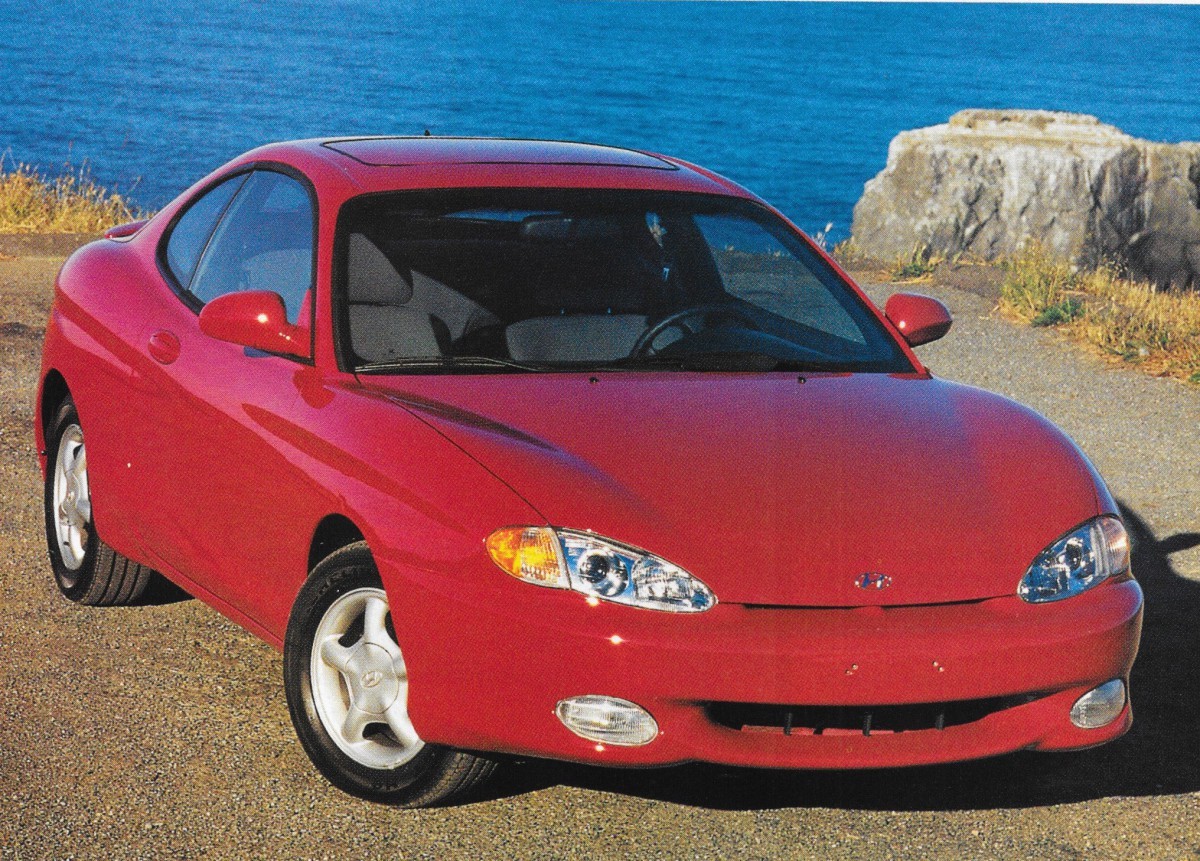The November 1996 issue of Car and Driver magazine offered readers a glimpse into the upcoming 1997 automotive models from Asian manufacturers. Among the “Short Takes” and “First Drives” were reviews of vehicles like the Honda Prelude SH, Mitsubishi Diamante, Hyundai Tiburon, and the Mitsubishi Mirage. This preview provided an interesting snapshot of the Japanese auto market as it approached the late 90s, revealing shifts in design and consumer preferences.
While the article in Car and Driver covered several models, the Mitsubishi Mirage stands out as a representative example of the era’s changing landscape. The original piece highlights a sense of automotive conservatism creeping into Japanese designs during the 1990s. After a period of excitement and innovation in the 80s, the focus seemed to shift towards cost-cutting and perhaps less adventurous styling. The Mirage, in particular, was described as “forgettable,” even if still “quite competent.”
The review wasn’t overtly critical of the Mitsubishi Mirage’s functionality or build quality. In fact, it acknowledged its competence, a common trait among even the most affordable Japanese cars of that time. Starting at $12,000 (approximately $18,421 when adjusted for inflation), the Mirage was positioned as an entry-level option. However, the “forgettable” descriptor points to a lack of excitement or distinguishing features that would make it stand out in a competitive market. Even the seat upholstery was mentioned as being memorable, “and not necessarily in a good way,” suggesting an uninspired interior design.
This assessment of the Mirage needs to be understood within the broader context of the 1997 automotive market. As the Car and Driver article suggests, by this time, established Japanese brands like Toyota, Honda, and Nissan held considerable sway, especially in the small car segment. While Mitsubishi produced competent vehicles, they faced the challenge of competing against brands with stronger name recognition and perhaps more compelling designs in the eyes of consumers. The Diamante, also reviewed in the same article, suffered from a similar issue in the near-luxury sedan category, deemed “snooze”-inducing and lacking the brand prestige of market leaders.
The Hyundai Tiburon, another car featured in the “Short Takes,” represented a different approach. Hyundai, at that time, was seen as emulating older Japanese designs and competing primarily on price. Their reputation for quality was still developing, unlike the established Japanese brands. This further emphasizes the competitive pressures faced by Mitsubishi, which was positioned somewhere in between the established giants and the emerging value brands.
The Car and Driver “Short Take” on the Mitsubishi Mirage, therefore, is not simply a critique of a single model. It’s a reflection of a broader trend in the automotive industry during the 1990s. Japanese automakers, while still producing reliable and well-built cars, were perhaps becoming less daring in their designs as they solidified their market position. For models like the Mitsubishi Mirage, competence wasn’t always enough to capture the attention of car buyers in a market increasingly dominated by established names and evolving consumer tastes.
In conclusion, the Mitsubishi Mirage, as reviewed by Car and Driver in 1996, serves as a time capsule of the 1997 automotive landscape. It highlights a period where Japanese cars were dependable but potentially losing some of the spark that had defined them in previous decades. While competent, the Mirage, alongside models like the Diamante, struggled to stand out against more established brands and changing market dynamics, reflecting a shift towards conservatism in design and the increasing importance of brand recognition in the automotive marketplace.
[


